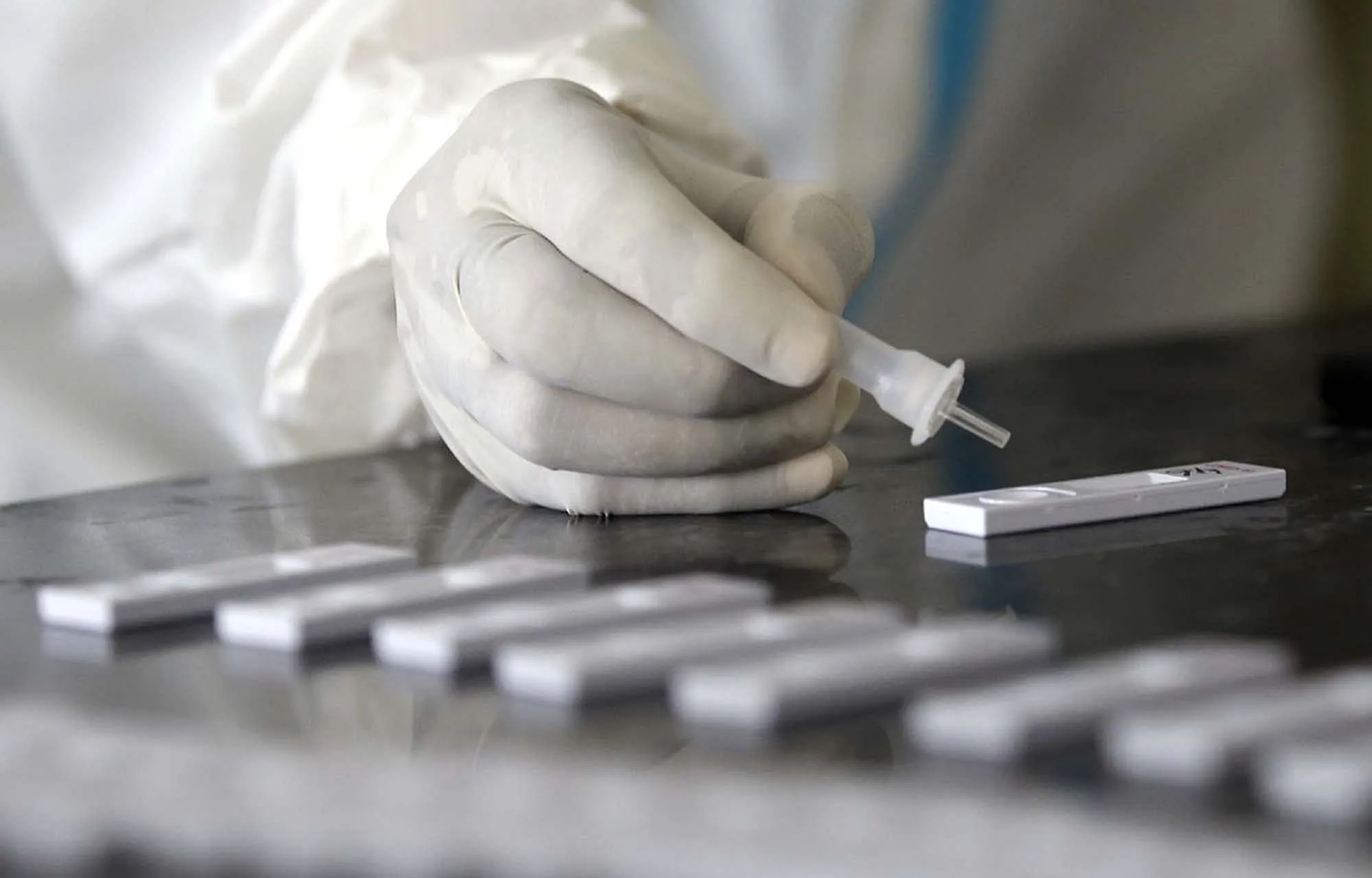Using computer simulations, scientists have analysed the airflow patterns inside a car’s passenger cabin, shedding light on the potential ways to reduce the risk of COVID-19 transmission while sharing rides with others.
The study, published in the journal Science Advances, assessed the airflow inside a compact car with various combinations of windows open or closed.
According to the researchers, including those from Brown University in the US, the simulations showed that opening windows created airflow patterns that dramatically reduced the concentration of airborne aerosol particles exchanged between a driver and a single passenger.
However, they said blasting the car’s ventilation system didn’t circulate air nearly as well as a few open windows.
“Driving around with the windows up and the air conditioning or heat on is definitely the worst scenario, according to our computer simulations,” said Asimanshu Das, co-lead author of the research from Brown university.
“The best scenario we found was having all four windows open, but even having one or two open was far better than having them all closed,” Das said.
While there’s no way to eliminate risk completely, and current guidelines recommend postponing travel, the scientists said the goal of the study was simply to assess how changes in airflow inside a car may worsen or reduce risk of COVID19 transmission.






